Customer Company Size
Large Corporate
Region
- America
Country
- Chile
Product
- Blue Yonder’s warehouse management solution
Tech Stack
- Warehouse Management System
Implementation Scale
- Enterprise-wide Deployment
Impact Metrics
- Productivity Improvements
- Cost Savings
Technology Category
- Functional Applications - Warehouse Management Systems (WMS)
Applicable Industries
- Food & Beverage
Applicable Functions
- Warehouse & Inventory Management
Use Cases
- Warehouse Automation
- Inventory Management
Services
- System Integration
- Training
About The Customer
Compañía Cervecerías Unidas S.A. (CCU) is Chilé’s largest brewery. The company delivers beer, soft drinks, wine and liquor to approximately 115,000 customers across Chilé. About 70% of these orders are fulfilled by CCU’s distribution center (DC) in Curauma. The company embarked on a strategic initiative to make operations in this key warehouse more efficient.
The Challenge
Compañía Cervecerías Unidas S.A. (CCU), Chilé’s largest brewery, was anticipating a 30% growth in order volume which would flow through their main distribution center (DC) in Curauma. They wanted to accommodate this growth with existing facilities and personnel. The company wanted full control over all warehousing operations through a single technology solution to drive greater efficiency and throughput. They also wanted to optimize its processes and use of personnel in order to improve its delivery speed and customer service.
The Solution
With support from Blue Yonder partner Southern Technology Group (STG Chilé), CCU implemented Blue Yonder’s warehouse management solution to manage all the day-to-day tasks being accomplished in this facility. The implementation of warehouse management at the Curauma facility has proven so successful that CCU is now rolling the solution out to other DCs. The company is currently implementing the solution in all of its facilities in Chilé and Argentina and anticipate having all of the information from the DCs available online.
Operational Impact
Quantitative Benefit

Case Study missing?
Start adding your own!
Register with your work email and create a new case study profile for your business.
Related Case Studies.

Case Study
The Kellogg Company
Kellogg keeps a close eye on its trade spend, analyzing large volumes of data and running complex simulations to predict which promotional activities will be the most effective. Kellogg needed to decrease the trade spend but its traditional relational database on premises could not keep up with the pace of demand.
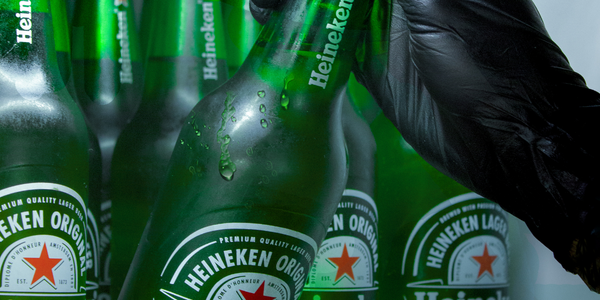
Case Study
HEINEKEN Uses the Cloud to Reach 10.5 Million Consumers
For 2012 campaign, the Bond promotion, it planned to launch the campaign at the same time everywhere on the planet. That created unprecedented challenges for HEINEKEN—nowhere more so than in its technology operation. The primary digital content for the campaign was a 100-megabyte movie that had to play flawlessly for millions of viewers worldwide. After all, Bond never fails. No one was going to tolerate a technology failure that might bruise his brand.Previously, HEINEKEN had supported digital media at its outsourced datacenter. But that datacenter lacked the computing resources HEINEKEN needed, and building them—especially to support peak traffic that would total millions of simultaneous hits—would have been both time-consuming and expensive. Nor would it have provided the geographic reach that HEINEKEN needed to minimize latency worldwide.
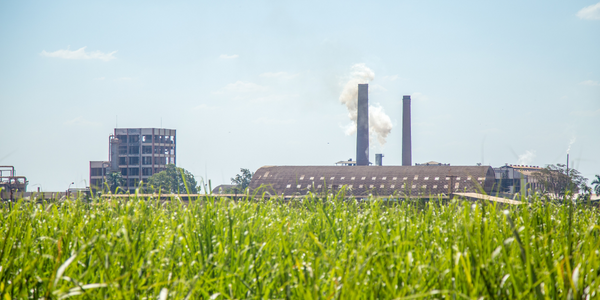
Case Study
Energy Management System at Sugar Industry
The company wanted to use the information from the system to claim under the renewable energy certificate scheme. The benefit to the company under the renewable energy certificates is Rs 75 million a year. To enable the above, an end-to-end solution for load monitoring, consumption monitoring, online data monitoring, automatic meter data acquisition which can be exported to SAP and other applications is required.
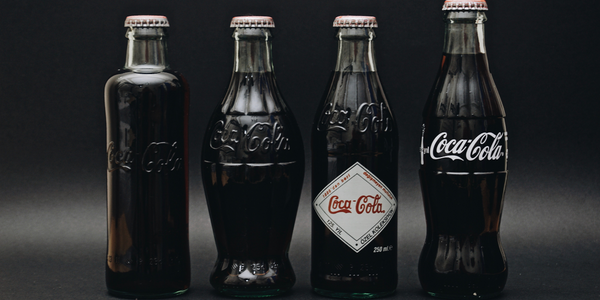
Case Study
Coca Cola Swaziland Conco Case Study
Coco Cola Swaziland, South Africa would like to find a solution that would enable the following results: - Reduce energy consumption by 20% in one year. - Formulate a series of strategic initiatives that would enlist the commitment of corporate management and create employee awareness while helping meet departmental targets and investing in tools that assist with energy management. - Formulate a series of tactical initiatives that would optimize energy usage on the shop floor. These would include charging forklifts and running cold rooms only during off-peak periods, running the dust extractors only during working hours and basing lights and air-conditioning on someone’s presence. - Increase visibility into the factory and other processes. - Enable limited, non-intrusive control functions for certain processes.
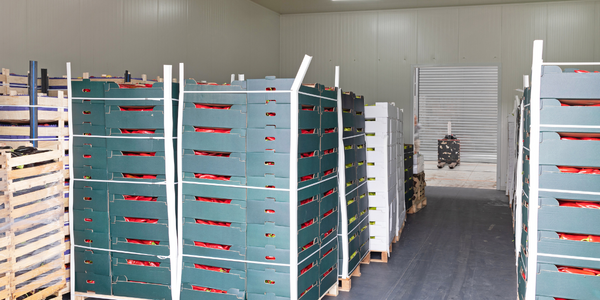
Case Study
Temperature Monitoring for Restaurant Food Storage
When it came to implementing a solution, Mr. Nesbitt had an idea of what functionality that he wanted. Although not mandated by Health Canada, Mr. Nesbitt wanted to ensure quality control issues met the highest possible standards as part of his commitment to top-of-class food services. This wish list included an easy-to use temperature-monitoring system that could provide a visible display of the temperatures of all of his refrigerators and freezers, including historical information so that he could review the performance of his equipment. It also had to provide alert notification (but email alerts and SMS text message alerts) to alert key staff in the event that a cooling system was exceeding pre-set warning limits.
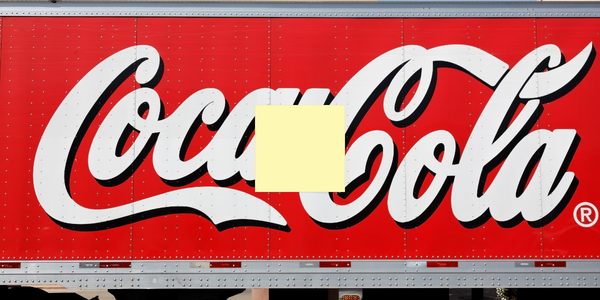
Case Study
Coca-Cola Refreshments, U.S.
Coca-Cola Refreshments owns and manages Coca-Cola branded refrigerators in retail establishments. Legacy systems were used to locate equipment information by logging onto multiple servers which took up to 8 hours to update information on 30-40 units. The company had no overall visibility into equipment status or maintenance history.







